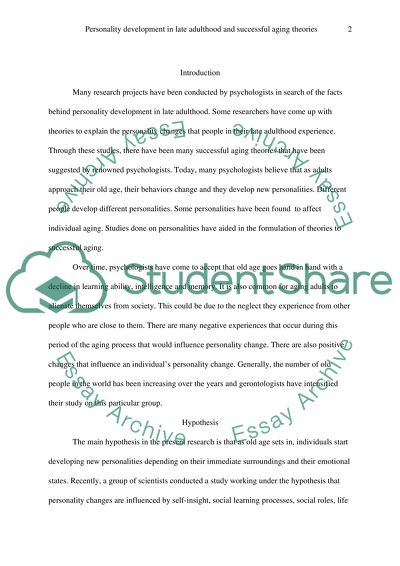Cite this document
(“Personality Development in Late Adulthood and Succesful Aging Theories Research Paper”, n.d.)
Retrieved de https://studentshare.org/psychology/1452624-personality-development-in-late-adulthood-and
Retrieved de https://studentshare.org/psychology/1452624-personality-development-in-late-adulthood-and
(Personality Development in Late Adulthood and Succesful Aging Theories Research Paper)
https://studentshare.org/psychology/1452624-personality-development-in-late-adulthood-and.
https://studentshare.org/psychology/1452624-personality-development-in-late-adulthood-and.
“Personality Development in Late Adulthood and Succesful Aging Theories Research Paper”, n.d. https://studentshare.org/psychology/1452624-personality-development-in-late-adulthood-and.


